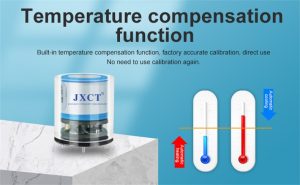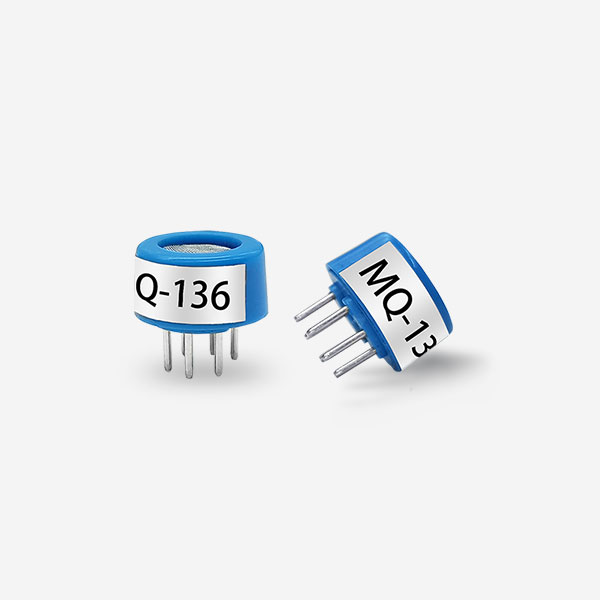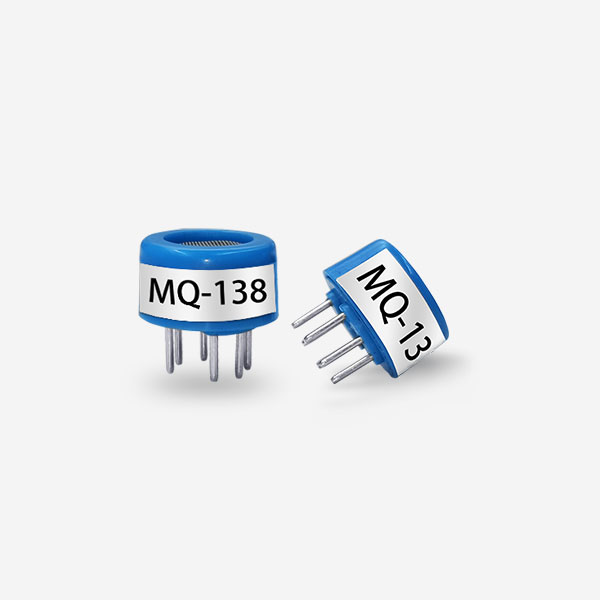-
Unveiling Air Pollution: Insights from Gas Sensors
- Air pollution is a global environmental issue that poses significant risks to human health and the well-being of our planet. It is caused by various sources, including industrial emissions, vehicle exhaust, and the burning of fossil fuels……
- Chat Online
-
Description
Air pollution is a global environmental issue that poses significant risks to human health and the well-being of our planet. It is caused by various sources, including industrial emissions, vehicle exhaust, and the burning of fossil fuels. To effectively tackle air pollution, it is crucial to understand its composition, sources, and spatial distribution. Gas sensors play a vital role in providing real-time, accurate data on air pollutants, contributing to the development of effective air quality management strategies. This article aims to explore the insights gained from gas sensors in unveiling air pollution and highlight their importance in monitoring and mitigating this pressing issue.

Overview of Gas Sensors:
Gas sensor are devices designed to detect and measure the concentration of specific gases in the air. They utilize various technologies, such as electrochemical, metal oxide, and optical sensing principles, to convert the presence of gases into measurable electrical signals. Gas sensors can detect a wide range of pollutants, including nitrogen dioxide (NO2), sulfur dioxide (SO2), carbon monoxide (CO), ozone (O3), volatile organic compounds (VOCs), and particulate matter (PM).
Real-time Monitoring of Air Quality:
Gas sensor provide real-time monitoring of air quality, enabling prompt response to changing pollutant levels. Traditional air quality monitoring methods involve collecting samples and analyzing them in laboratories, which can be time-consuming and costly. Gas sensors, however, offer continuous, on-site measurements that allow for immediate interpretation of air quality data. This rapid feedback empowers decision-makers to implement timely interventions, such as adjusting traffic patterns, optimizing industrial processes, or issuing public health advisories.
Source Identification and Apportionment:
Gas sensor contribute to identifying the sources of air pollution, which is vital in formulating effective mitigation strategies. By deploying an array of sensors at different locations, patterns of pollutant concentrations can be analyzed to identify hotspots and potential emission sources. Additionally, the use of advanced statistical techniques, such as receptor modeling, can help apportion the contributions of different emission sources to overall air pollution levels. This information is essential for targeting specific sectors or activities for pollution control measures.
Indoor Air Quality Monitoring:
Gas sensor are also used to monitor indoor air quality, as people spend a significant portion of their time indoors. Poor indoor air quality can result from various factors, including inadequate ventilation, building materials, and household products. Gas sensor can detect pollutants such as formaldehyde, volatile organic compounds (VOCs), and carbon dioxide (CO2) indoors. This information allows individuals to take necessary actions to improve indoor air quality, such as increasing ventilation, using air purifiers, or choosing low-emission materials.
Citizen Science and Public Awareness:
The availability of low-cost gas sensor has enabled citizen science initiatives where individuals can actively participate in monitoring air pollution. Citizen scientists can deploy gas sensor in their communities, collect data, and contribute to an extensive network of air quality monitoring stations. This participatory approach not only increases the spatial coverage of air quality monitoring but also raises public awareness of the air pollution issue. Furthermore, the involvement of citizens in data collection fosters a sense of civic responsibility and empowers communities to advocate for cleaner air.

Integration with Smart Cities and IoT:
Gas sensor play a crucial role in the development of smart cities and the Internet of Things (IoT). Integrating gas sensor into smart city infrastructure allows for real-time monitoring and analysis of air quality data. This integration enables the implementation of dynamic systems, such as intelligent traffic management, adaptive ventilation systems, and responsive emission control measures. The IoT connectivity also facilitates data sharing among stakeholders, enhancing collaboration in tackling air pollution challenges.
Conclusion:
Gas sensors provide valuable insights into air pollution by enabling real-time monitoring, source identification and apportionment, indoor air quality assessment, citizen science initiatives, and smart city integration. Accurate, timely data from gas sensor is vital for formulating effective air quality management strategies, regulating emissions, and safeguarding public health. As sensor technology continues to advance and become more accessible, its integration with other data sources and analytical tools will further enhance our understanding of air pollution dynamics. By leveraging gas sensor capabilities, we can pave the way for cleaner air and a healthier environment for future generations.
-
Recommend:
-
-
Unveiling Air Pollution: Insights from Gas Sensors
Air pollution is a global environmental issue that poses si…
-
How do I fix an inaccurate nitric oxide sensor?
Background: When we use the nitric oxide sensor. We have …
-
The role of hydrogen sulfide sensor in sewage plants
Background: According to incomplete statistics, there are a…
-
Air pollution is a global issue that poses significant risk…
-
 : +86 155 8830 2704
: +86 155 8830 2704 : jxdziot@gmail.com
: jxdziot@gmail.com
